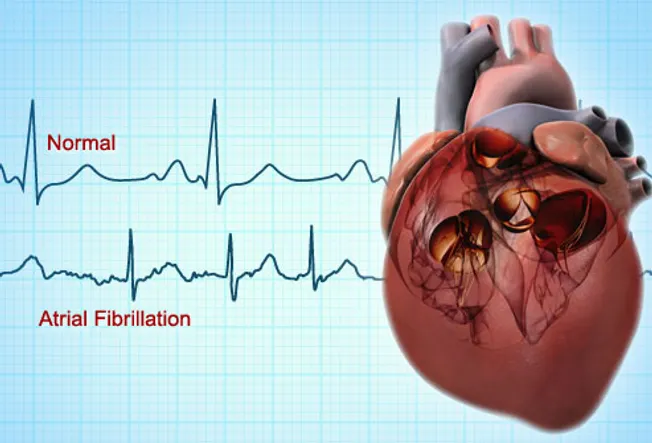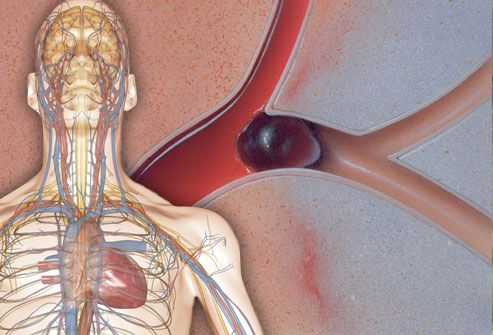Berikut merupakan kutipan ilmiah medis dari MD yang sangat bermanfaat bagi Penulis yang awam terhadap seluk beluk penyakit jantung sehingga digunakan sebagai referensi pribadi.





What Is Atrial Fibrillation?
Atrial fibrillation (AFib) is a condition that disrupts the body's regular heartbeat. A glitch in the heart’s electrical system makes the upper chambers (the atria) quiver. This causes the lower chambers (the ventricles) to beat irregularly. AFib can be dangerous because it raises the risk of stroke and heart failure.
Normal Heart Rhythm vs. AFib
Electrical signals between the atria and ventricles help the heart pump blood in steady rhythm. In AFib, the atria fire abnormal signals, which make the top chambers quiver rapidly. The result can be irregular contractions that can cause a fast, irregular heart rate (100-175 beats per minute). The normal range is 60-100 beats per minute.
AFib and Stroke
If the heart isn’t pumping like it should, blood can pool and may form a clot. This clot can travel through the bloodstream to the brain, causing a stroke. People with AFib are five times more likely to have a stroke than those without it.
What Causes AFib?
The most common triggers are conditions that strain the heart, including:
- High blood pressure
- Coronary artery disease and heart attacks
- Heart failure
- Problems with the heart valves
In some cases, AFib may come from thyroid disorders or serious infections like pneumonia.
Preventing AFib
The same healthy habits that protect against heart disease will protect against AFib:
- Eat a nutritious diet that includes fish.
- Exercise regularly.
- Control your blood pressure.
- Avoid smoking.
Tidak ada komentar:
Posting Komentar